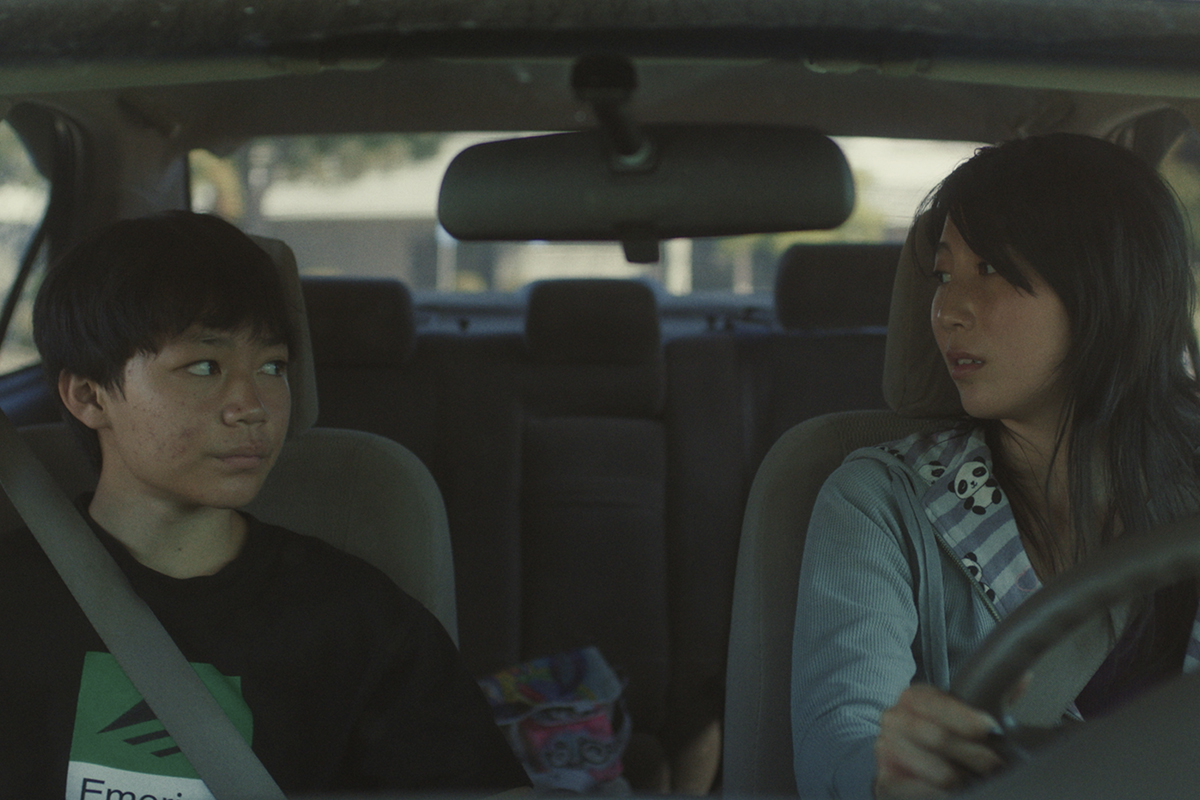Blockbuster Pixar hits, low-budget horror, political dramas and experimental art films all made the cut in Emory film and media faculty’s picks for the best films of 2024.
Tanine Allison, associate professor
Challengers (Director: Luca Guadagnino)
I never thought a “tennis movie” would inspire so much passionate debate; you either loved this film or you hated it. That passion was also on-screen in this tale of sports and romantic rivalry, starring the incomparable Zendaya and two up-and-coming stars, Mike Faist and Josh O’Connor. Unlike “Anora,” another acclaimed movie of 2024 which I found more graphic than erotic, desire pulses through every shot of “Challengers.” And yet it doesn’t take itself too seriously. It invites you to get wrapped up in an absurdly delicious world of competition, power, lust and desire.
“Inside Out 2” (Director: Kelsey Mann)
While clearly a product of Hollywood’s sequel-heavy business model, “Inside Out 2” manages to match or even improve upon the original. Populated by the anthropomorphized emotions living inside a teenage girl’s head, the sequel explores more complex feelings than the first film, including anxiety, embarrassment and envy. In a clever and entertaining way, it manages to explain how false beliefs can damage one’s mental health. It’s required viewing for anyone with anxiety or anyone who knows someone with anxiety — in short, everyone.
“Late Night with the Devil” (Directors: Colin and Cameron Cairnes)
This low-budget supernatural horror film, released in theaters in March, flew under the radar. I didn’t see it until it was available on streaming, which is not a bad place to view it since it takes place on a TV set. It follows a late-night talk show host in nearly real time as he helms the Halloween special broadcast of his show in 1977. Presented in found-footage and faux-documentary style, the film leaves you guessing about the authenticity of the show’s guests, including a mentalist and a girl claiming to be possessed by the devil. It kept me thinking about it for days afterwards.
Matthew Bernstein, Goodrich C. White Professor
“All We Imagine as Light” (Director: Payal Kapadia)
Writer-director Kapadia’s first fiction film won the grand prize at the Cannes Film Festival for many reasons. The story concerns a friendship between two impoverished Hindu nurses working in Mumbai, one abandoned by her husband, the other involved in a forbidden romance with a Muslim man. It unfolds in a style that is both immersive and luminous, due to eye-opening cinematography and the tremendous, often restrained performances of its two leads. Watching the film is a transformative experience — it is best seen in the theater.
“The Seed of the Sacred Fig” (Director: Mohammad Rasoulof)
This intense tale focuses on a lawyer father who aspires to an exalted position in the Iranian court system. Meanwhile, his daughters are caught up in the protests against the regime after the September 2022 murder of Jina Mahsa Amini for not wearing a hijab “properly.” In the second part of the film, writer-director Rasoulof transforms this compelling tale of family conflict over the rights of women and free speech into a psychological thriller. What results is a riveting, searing critique of the Iranian regime. The cast performances are astonishing, and you will barely notice the film's nearly three-hour running time.
Alonso Llosa, assistant professor
“Joker: Folie à Deux” (Director: Todd Phillips)
Even though this sequel embraces the format of a musical, winking at and making references to old Hollywood classics, it defies the genre’s conventions by giving us one of the most disturbing endings of the year. Most interesting, however, is how the movie forces the audience to question our role in a culture that feeds on violence and whose most alienated members struggle to find healthy ways to cope with our failings as a society.
“Yana-Wara” (Directors: Oscar and Tito Catacora)
This courtroom drama submerses the viewer in the world of the Aymara people in Puno, Peru, telling a brutal story of a girl killed by her grandfather to protect her from a misogynistic environment. Shot in a stark black-and-white that eradicates any sense that this film, set in the Andes, is a bucolic fantasy, the movie gets under your skin and makes your stomach twist as you follow the fate of the protagonist.
Charlie Michael, assistant professor
“Didi” (Director: Sean Wang)
Set in Clairmont, California, during the waning days of summer 2008, “Didi” plunges the viewer into the sensibility of 13-year-old Chris “Didi” Wang. Chris lives with his mother, his sister and his grandmother, and the movie derives numerous poignant moments from the affectionate misunderstandings of a multigenerational, Taiwanese American household. But the lasting impact of this bittersweet comedy also derives from its nostalgic reminder of the early days of social media — where nascent versions of YouTube and Facebook offer young Chris both a refuge from and an amplification of his social anxieties as an ethnic outsider.
Gregory Zinman, associate professor
“Moving Picture (946-3) Kyoto Version” (Artist: Gerhard Richter)
This stunning audiovisual installation is on display at the Gagosian gallery in Rome. Gerhard Richter, a German painter, digitally repurposed several works in collaboration with filmmaker Corinna Belz to create an abstract, perpetually unfolding exploration of color and patterning — what avant-garde filmmaker Stan Brakhage would call an “adventure in perception.” We should all be so lucky as to be radically extending the parameters of our work at the age of 92.
“Modular Grid (Video Mosaic)” (Artists: Sandra Gibson and Luis Recoder)
I had the pleasure of commissioning this stunning work by an internationally celebrated artist duo at Off the Wall @ 725 Ponce, a public program I curate on the Atlanta BeltLine. Sandra Gibson and Luis Recoder produced a mesmerizing piece composed of 60 different videos that played simultaneously on the eight-story facade of 725 Ponce in Midtown. It’s a meditative spectacle made for the city of Atlanta — a movie that only could only exist here.

